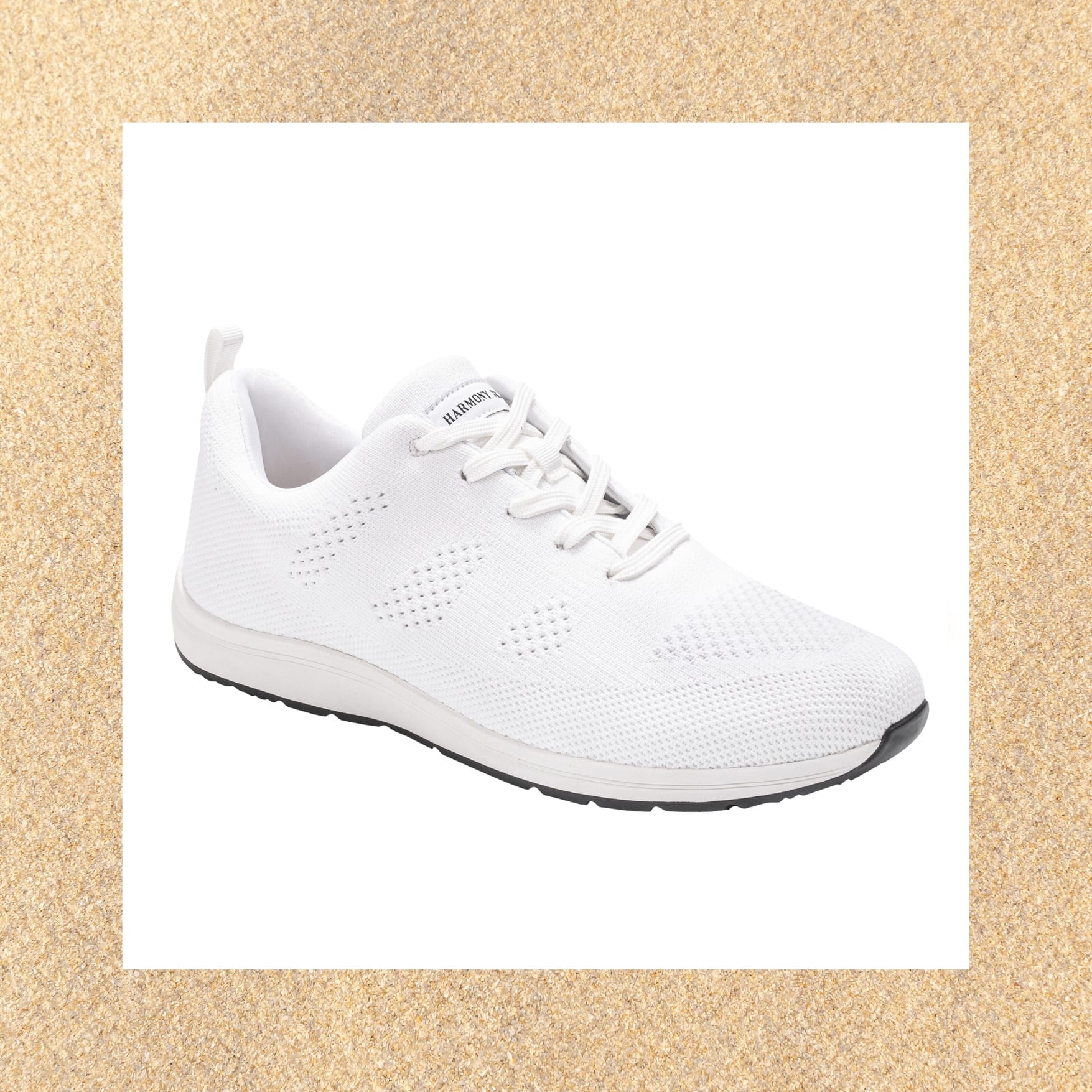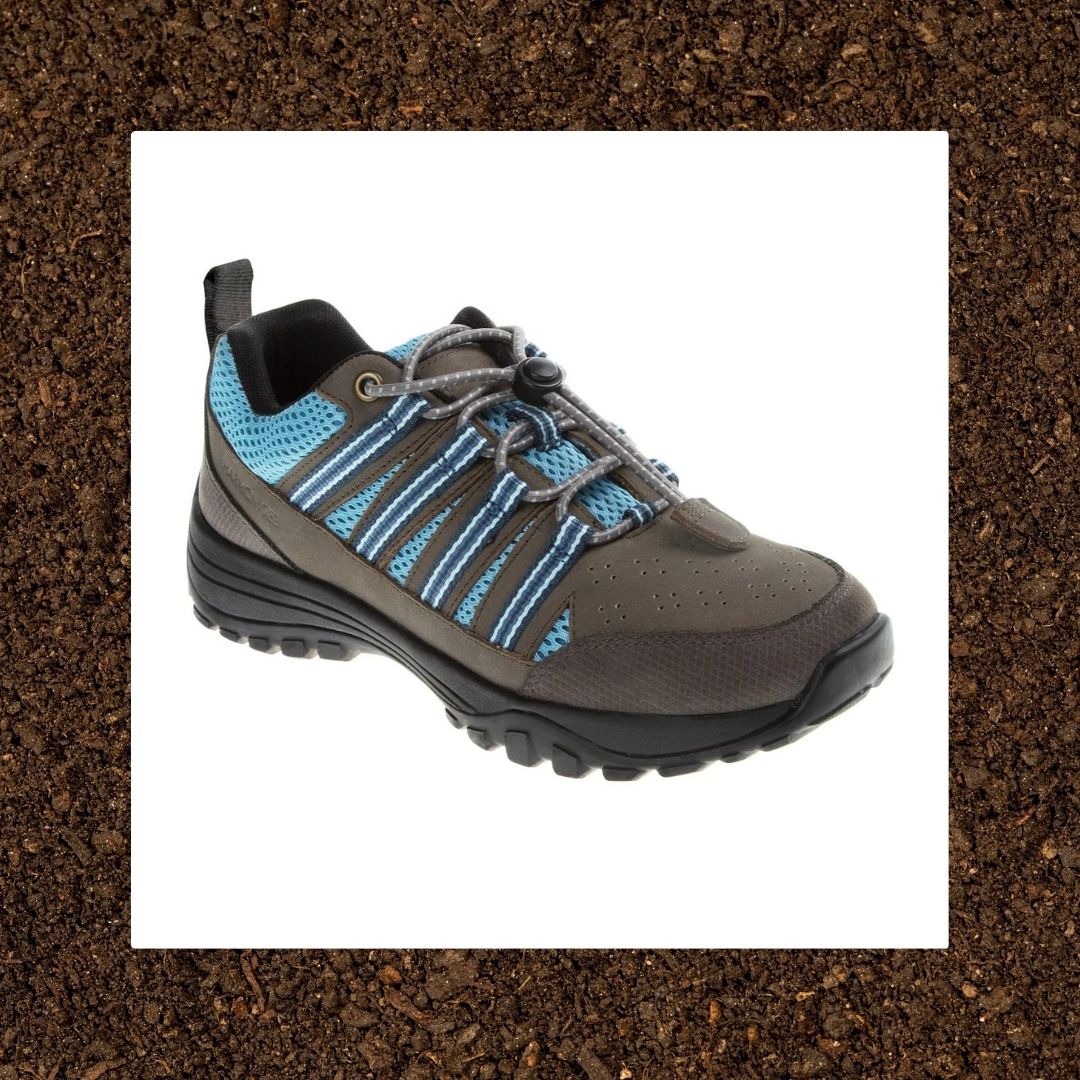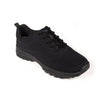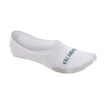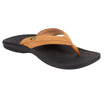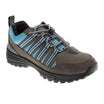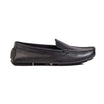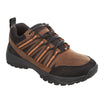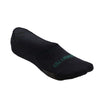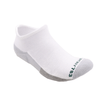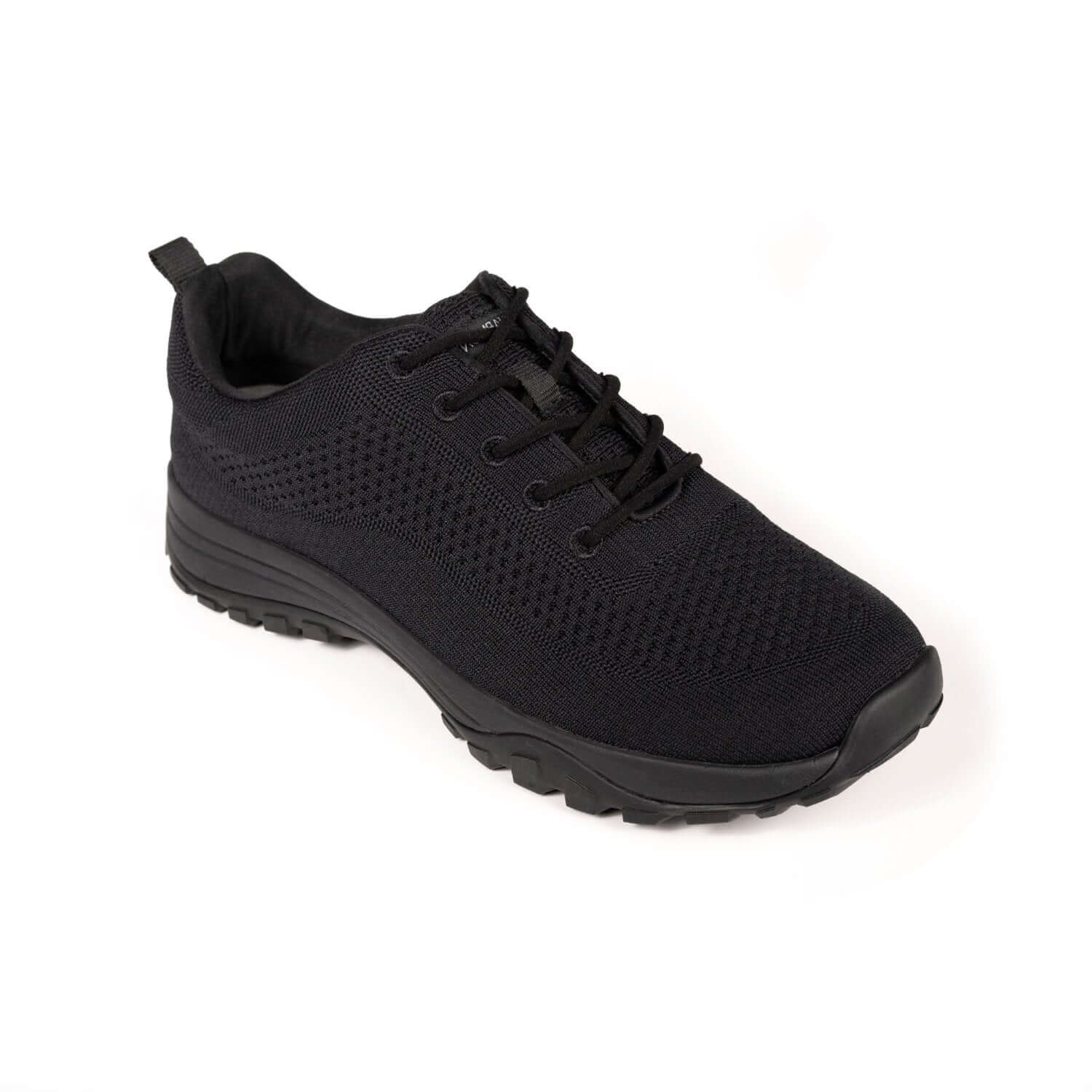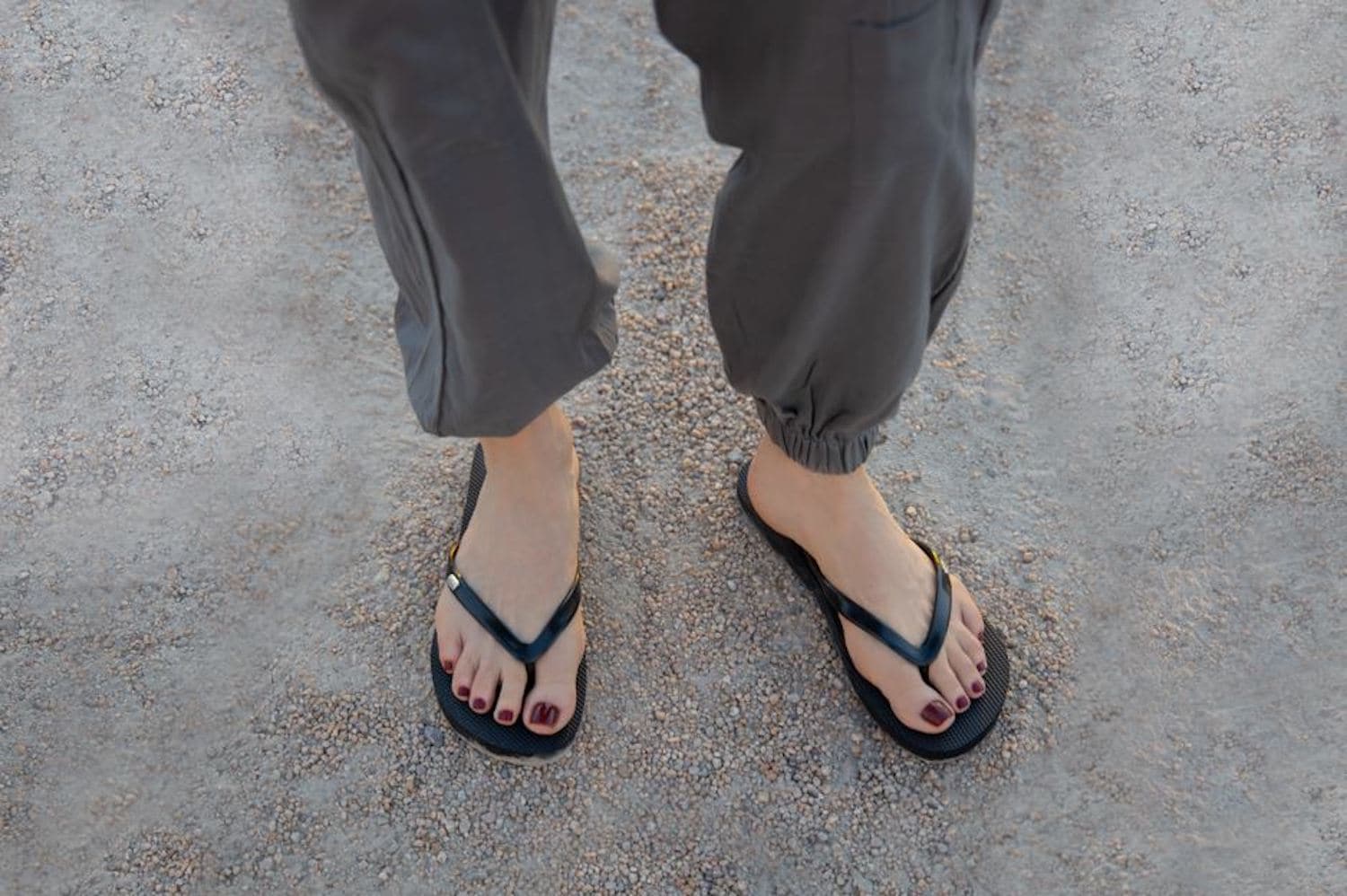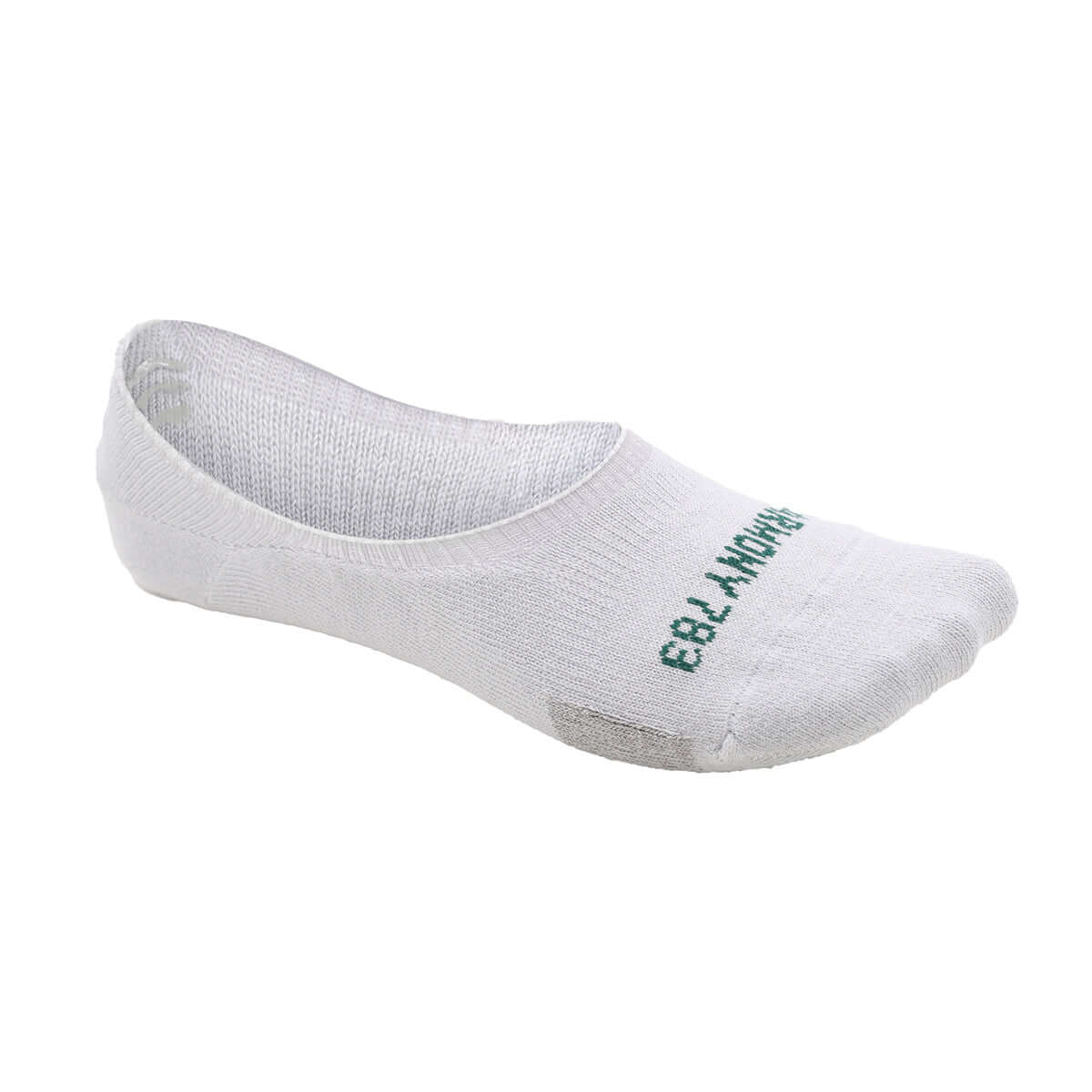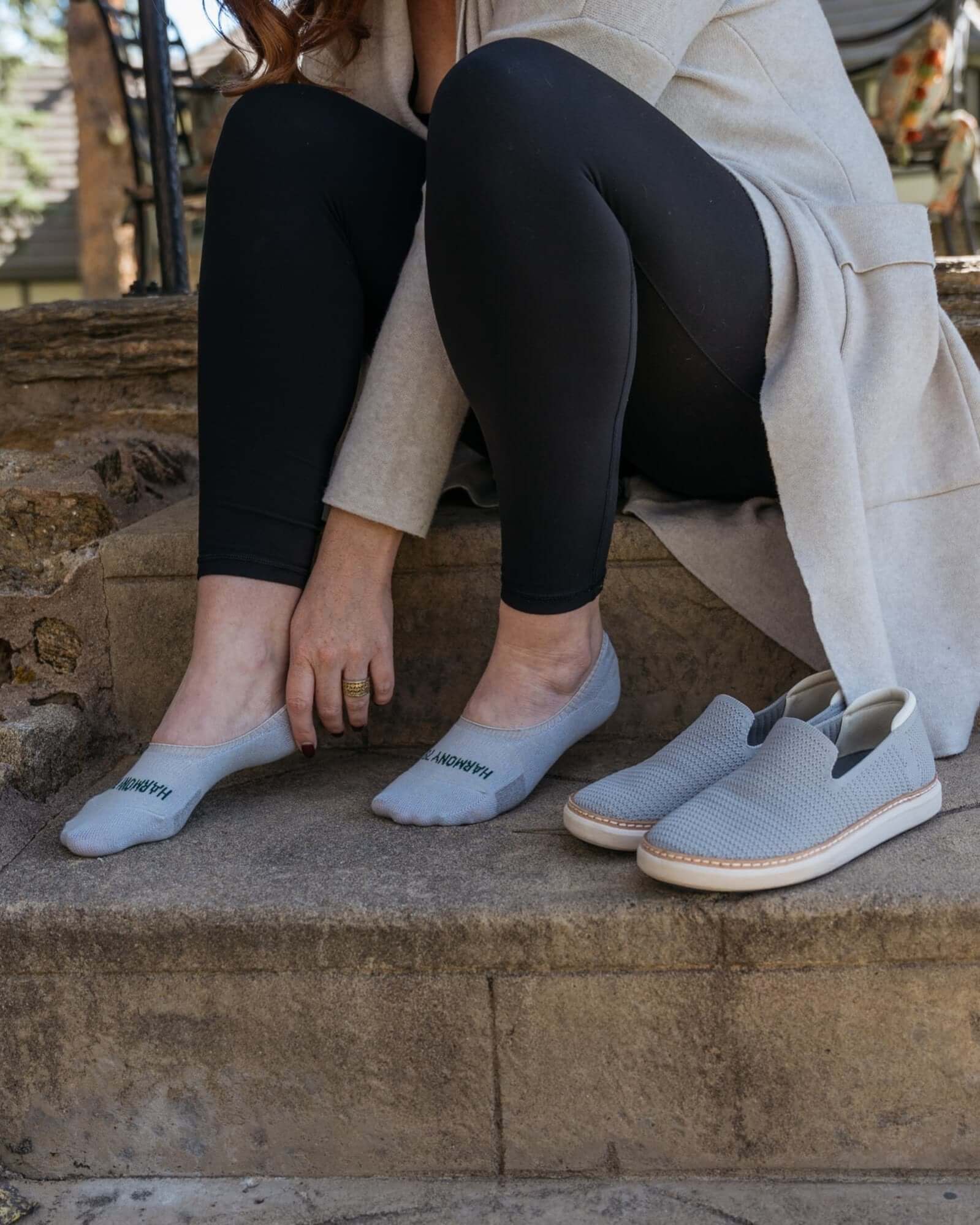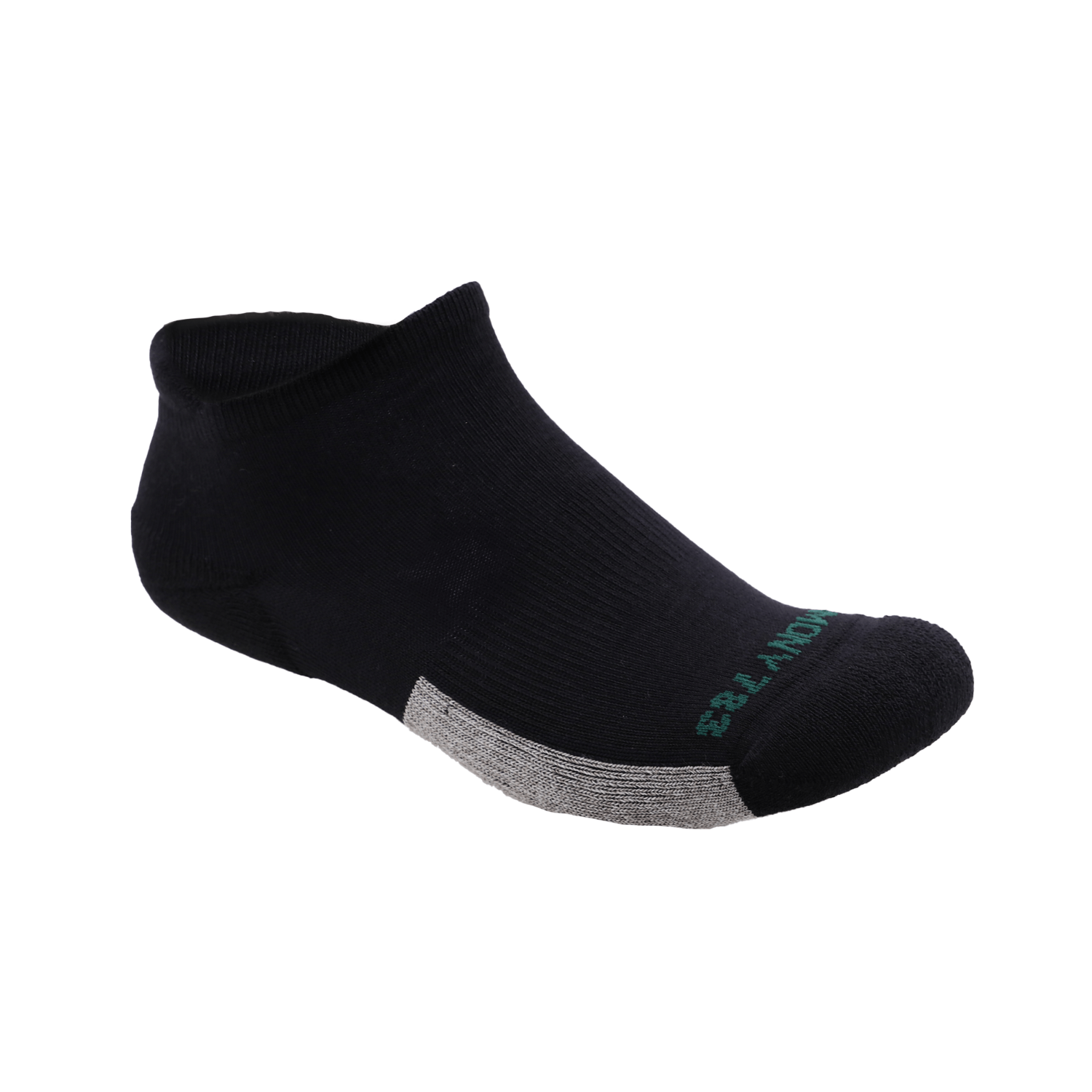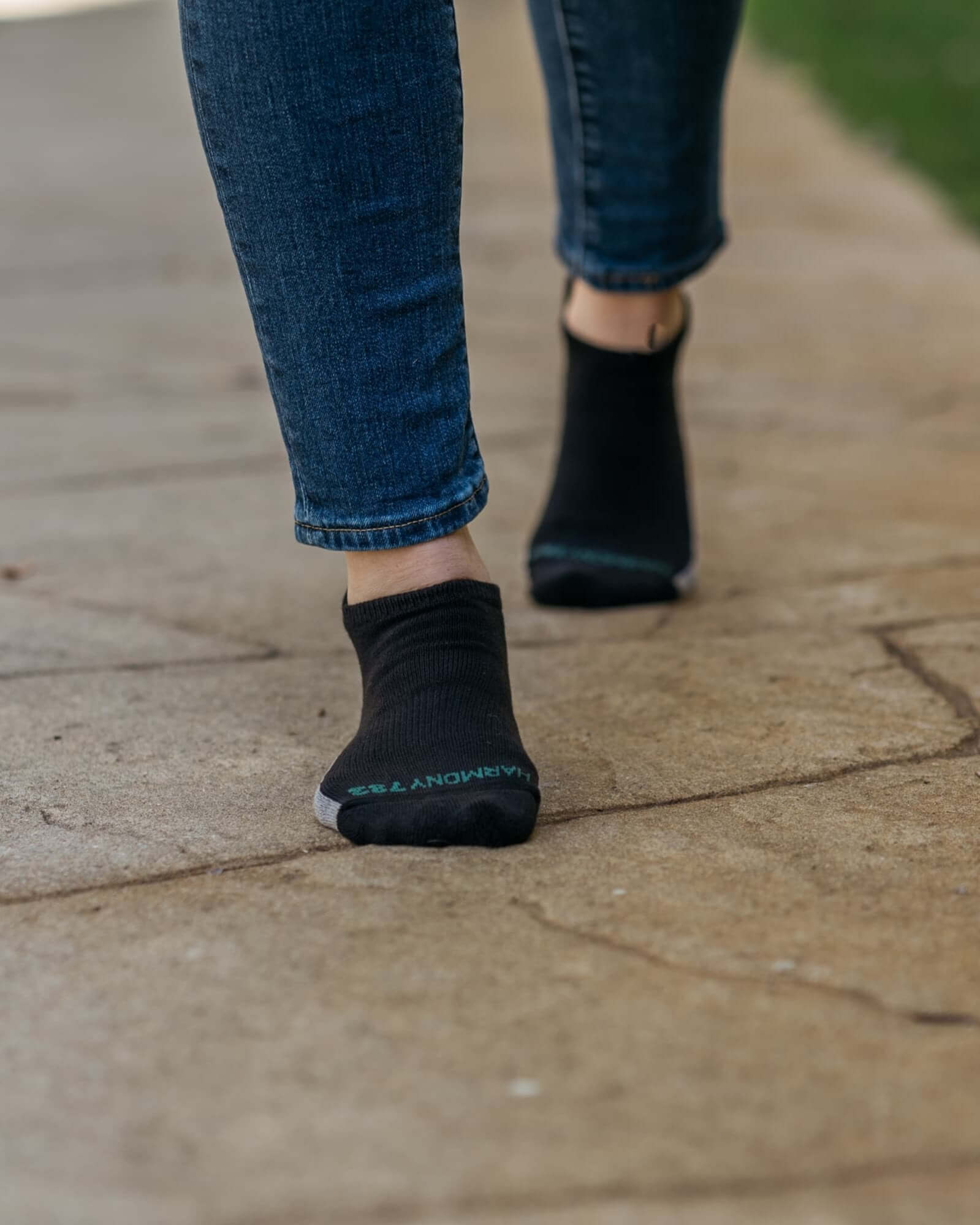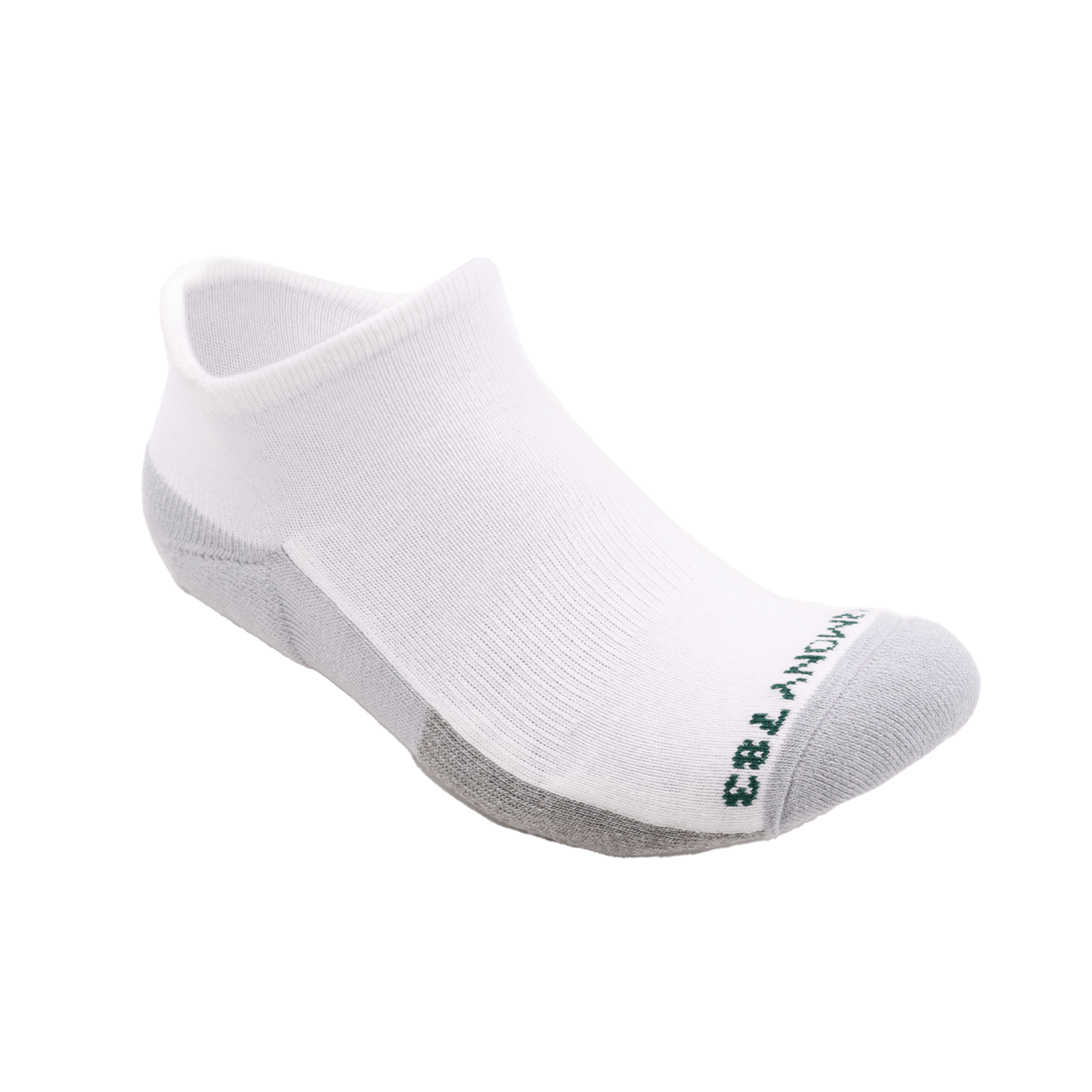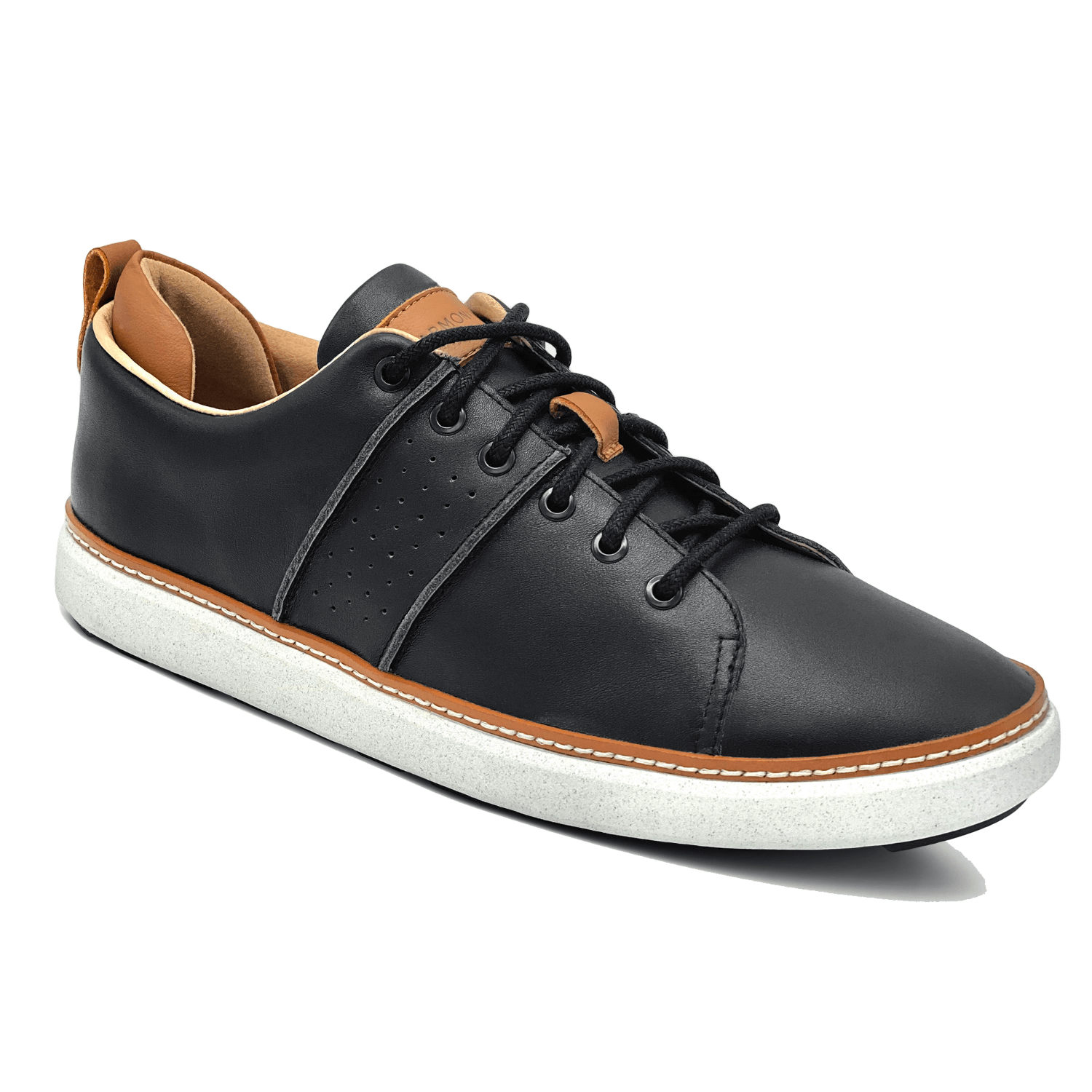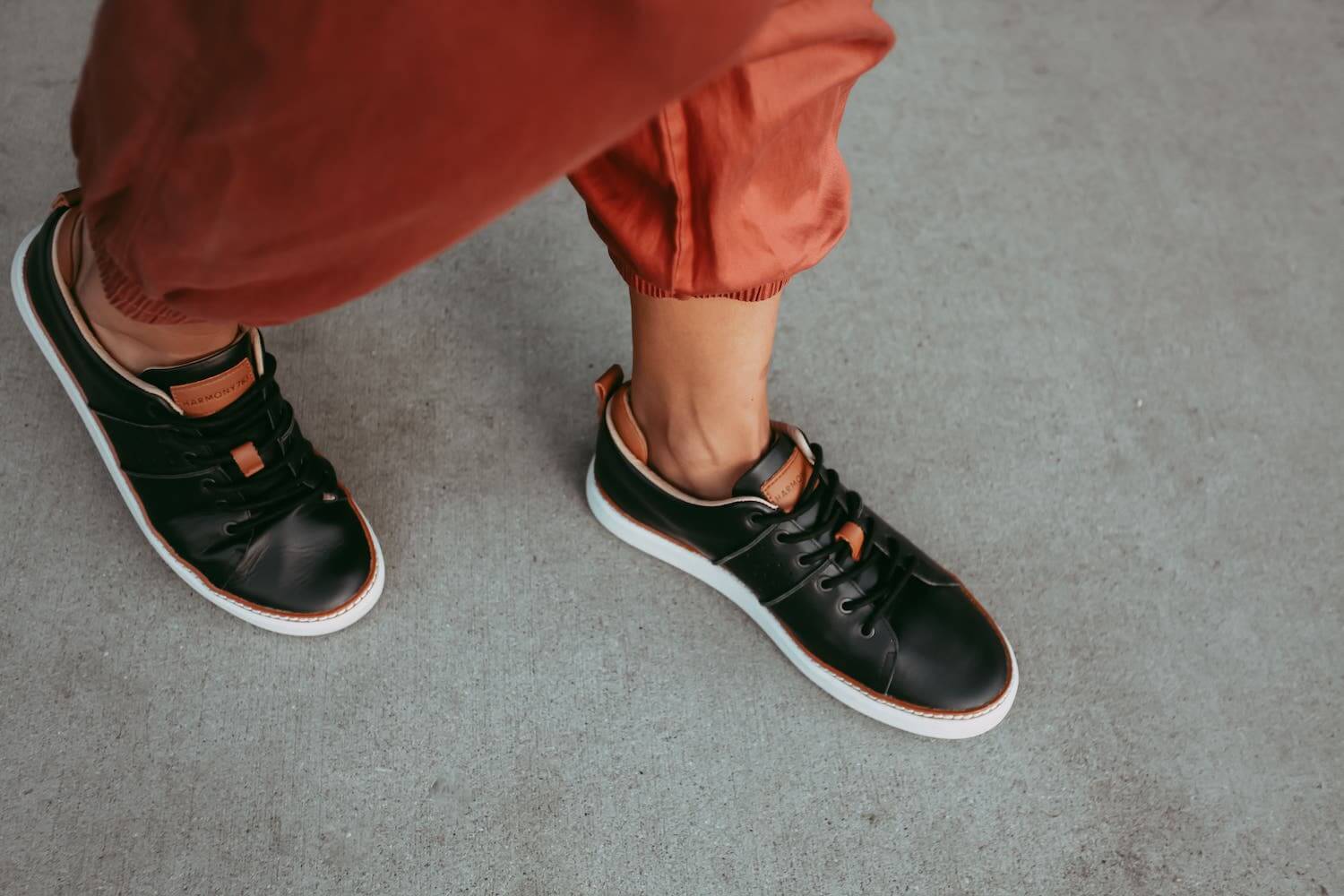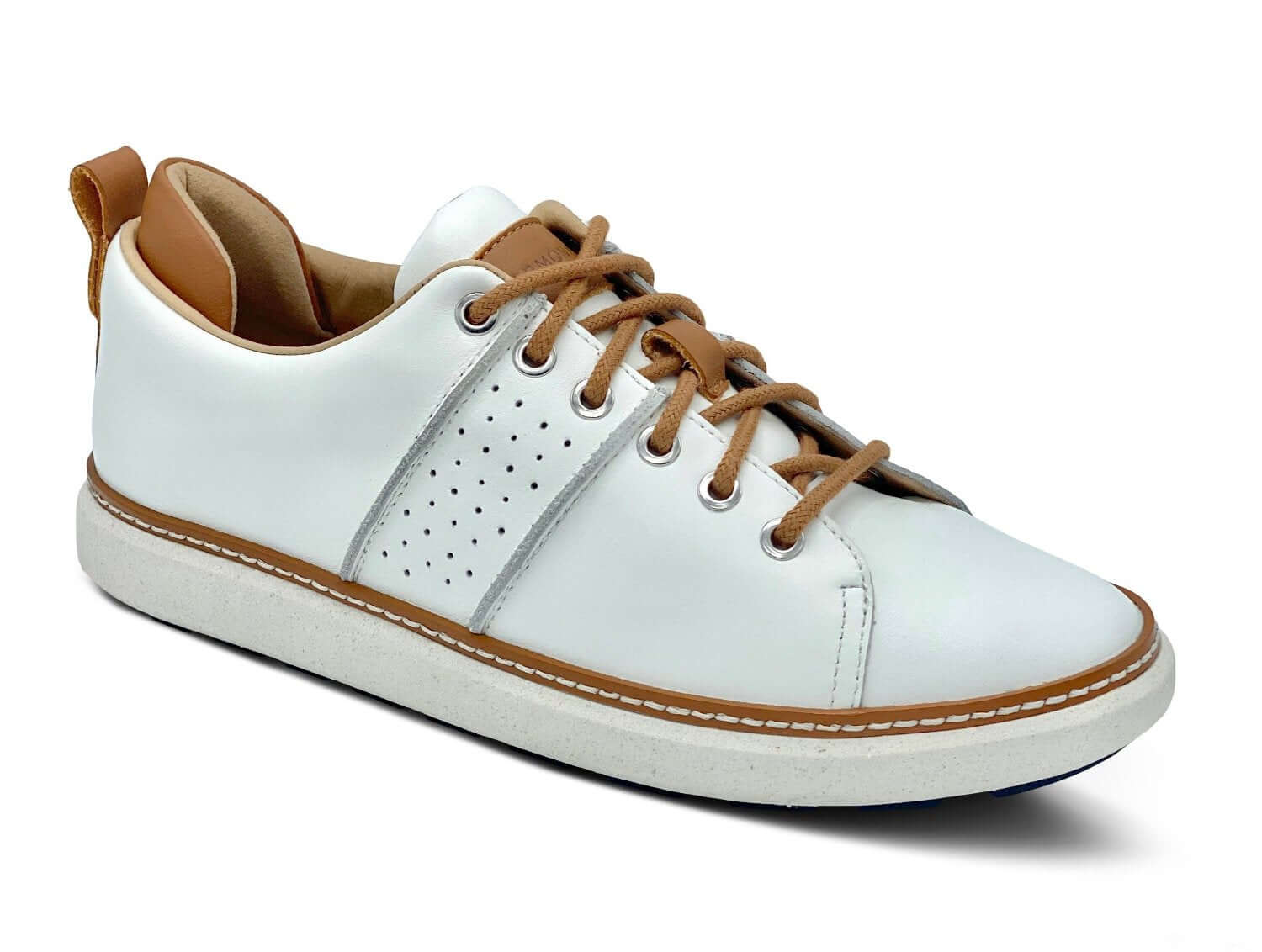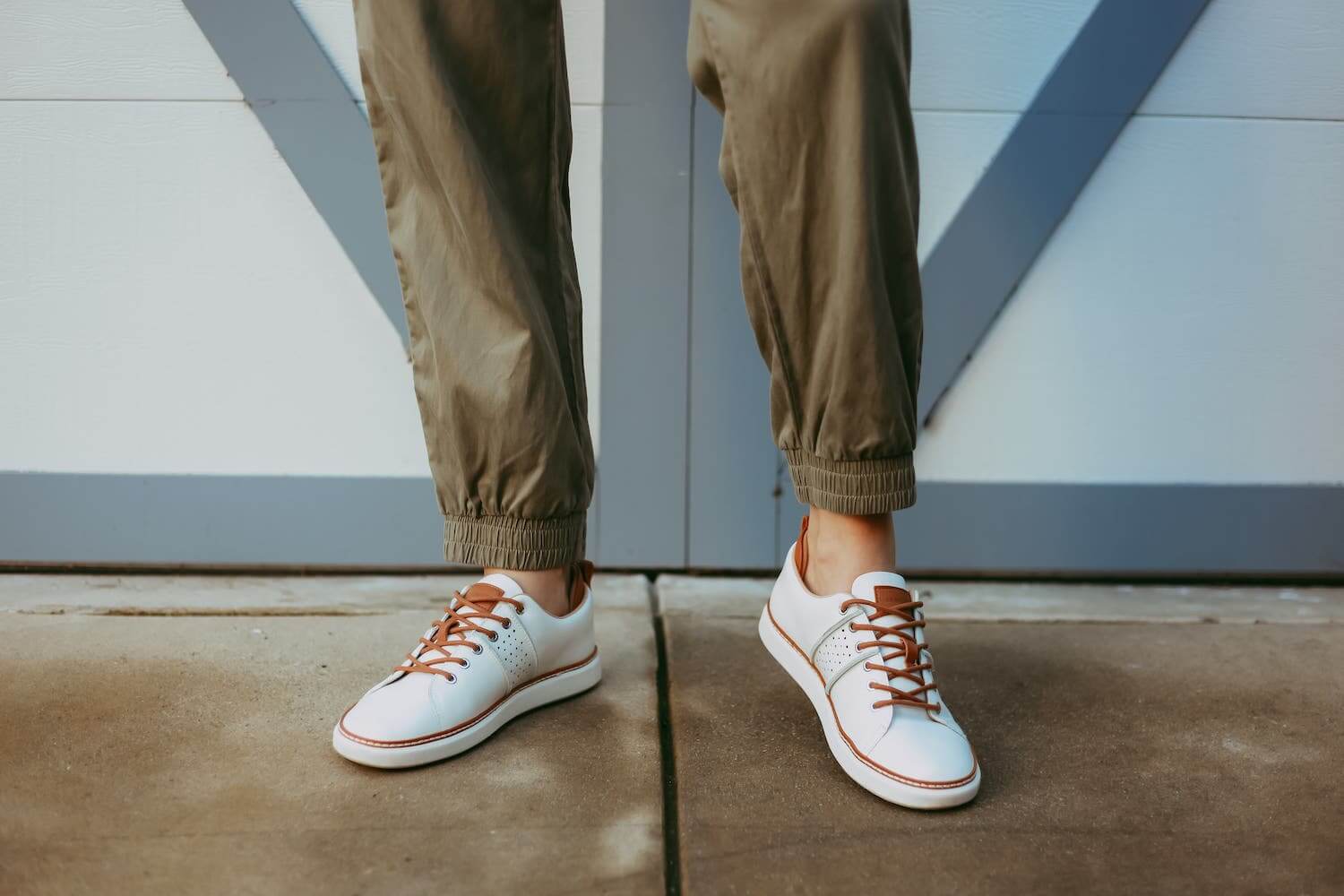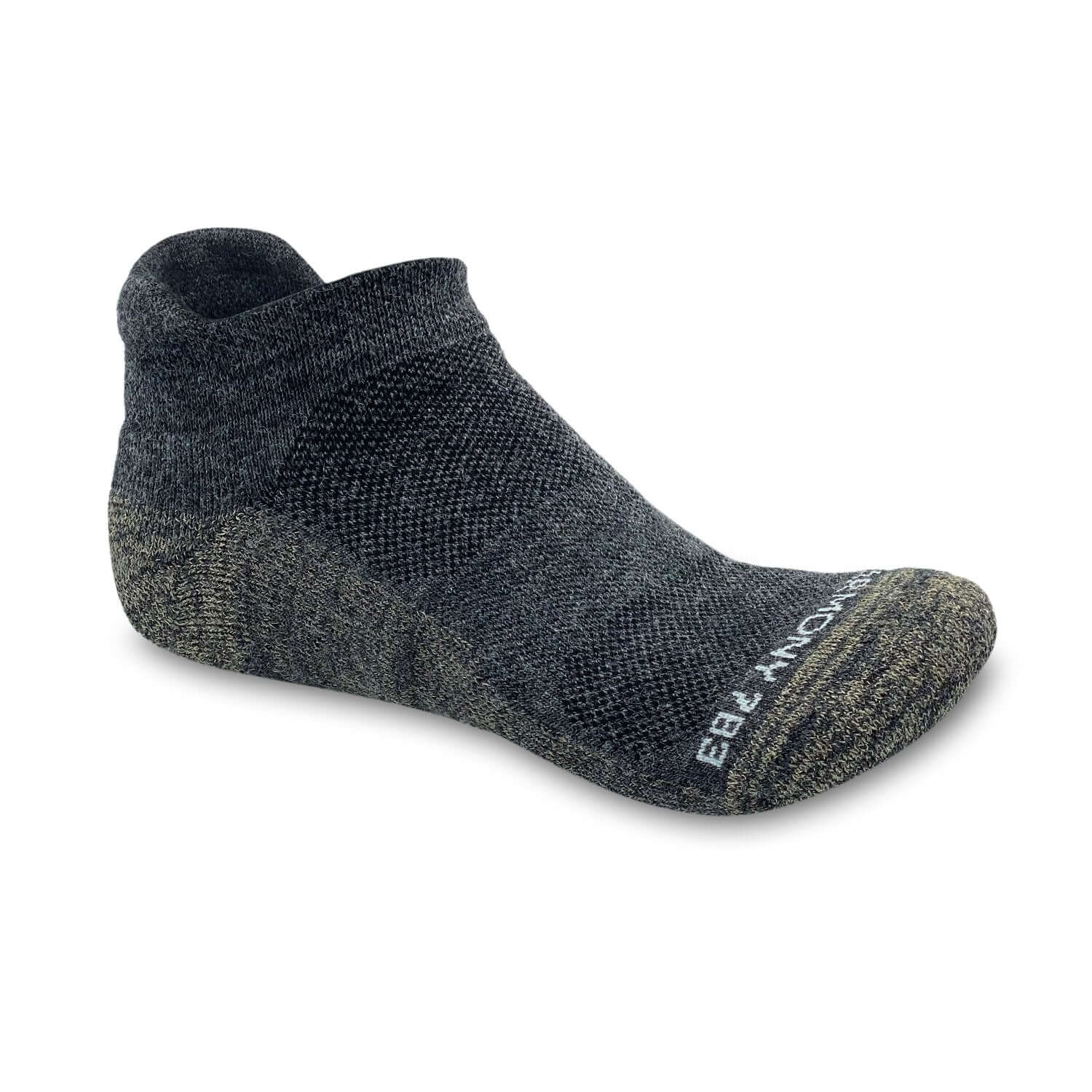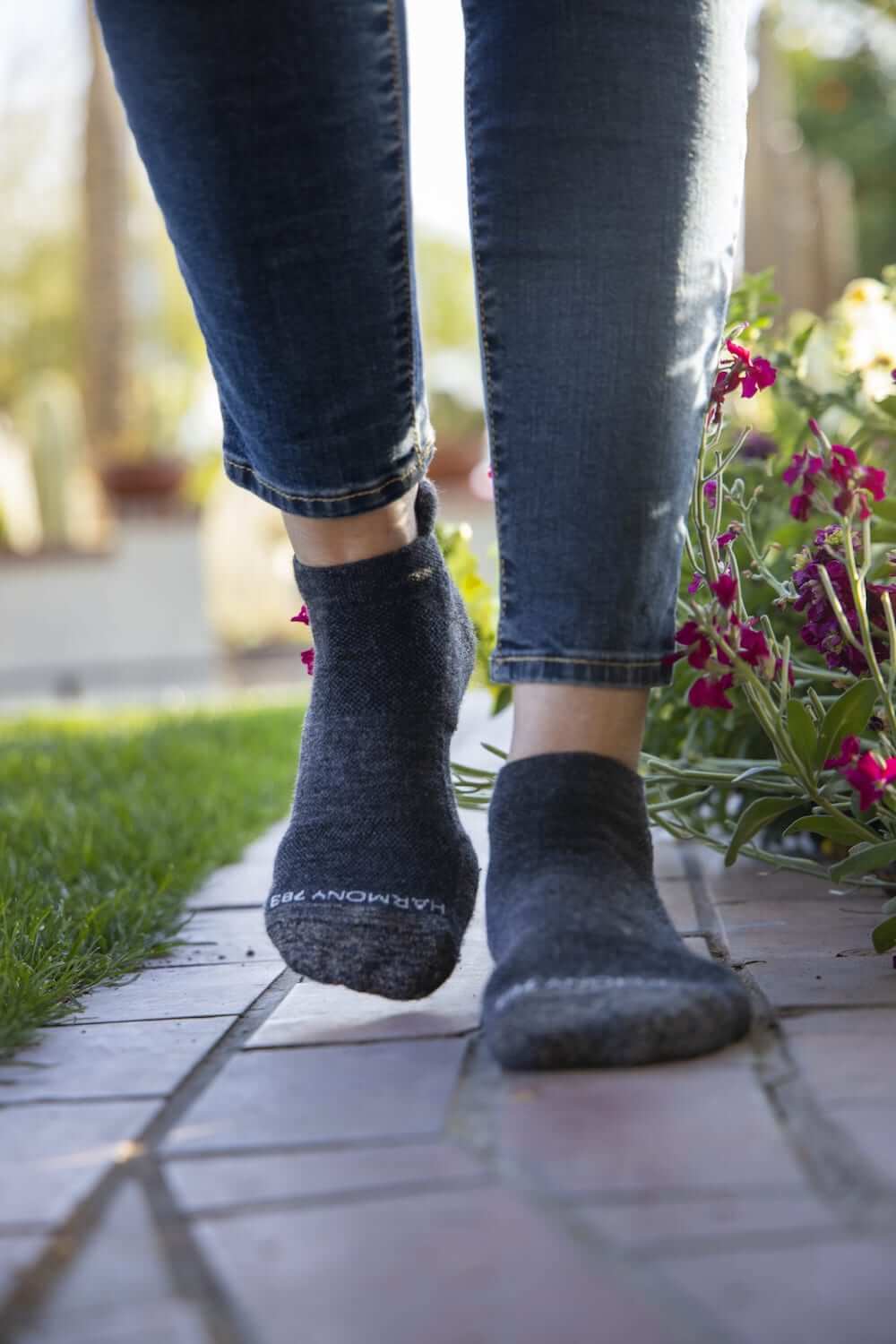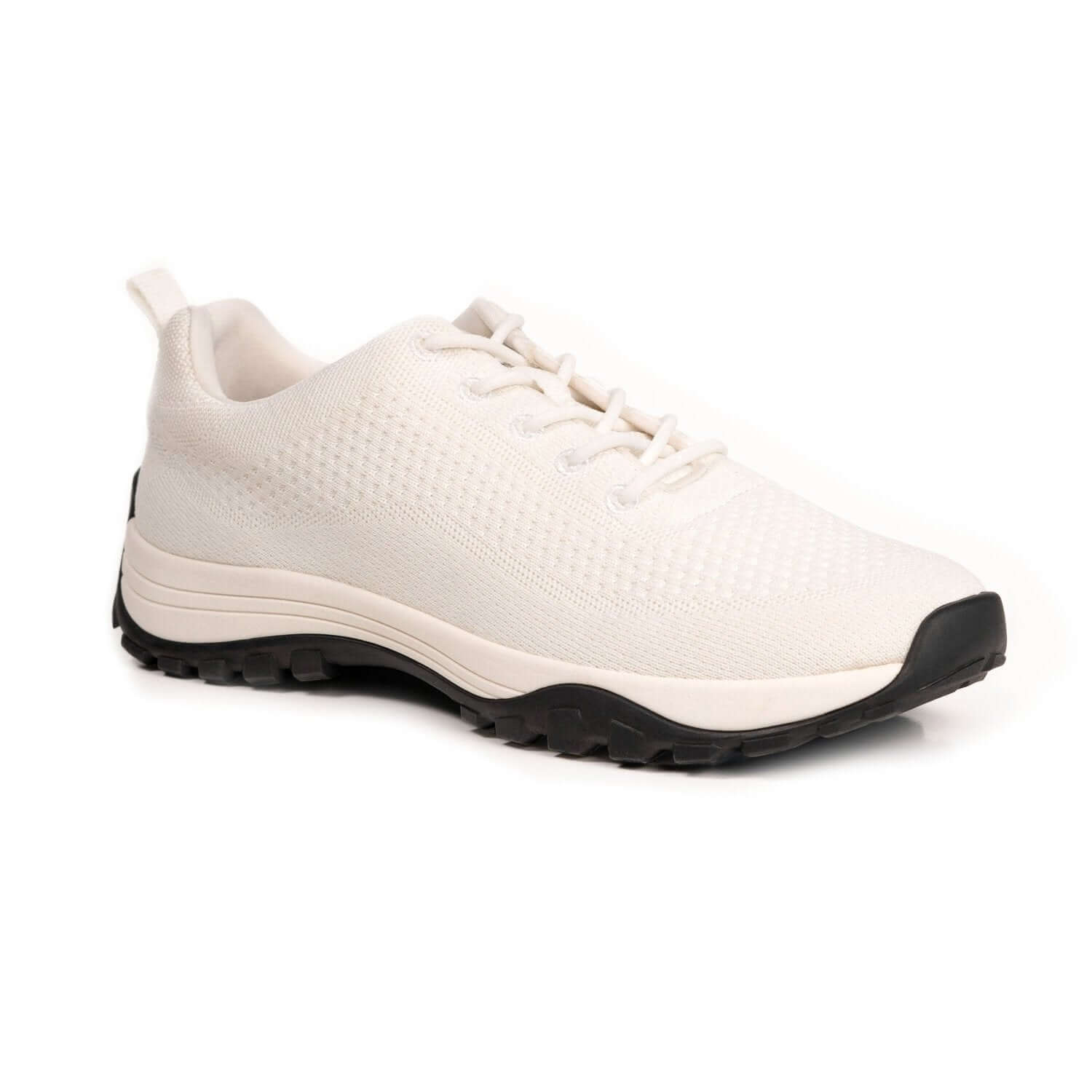As Ferris Bueller stated in Ferris Bueller’s Day Off – “Let’s face it…life moves pretty fast. If you don’t stop and look around once in awhile, you could miss it.”
And let’s face it, with technology constantly amping up the pace of daily life, it’s no wonder so many of us feel trapped in a spin cycle of, anxiety, and general unease. It’s like we’re stuck on life’s treadmill—and it’s set to “sprint” mode.
These days, self-care is no longer just a buzzword; it’s a lifeline. Taking charge of our mental health by unplugging, slowing down, and grounding ourselves has become absolutely essential. Enter grounding psychology, the perfect antidote to the chaos of modern life.
Now, before you roll your eyes and wonder how standing barefoot on the grass could possibly help you cope with work stress or those never-ending Zoom calls, let me reel you back in. Science is covering the bases here, folks, and grounding isn’t just some trendy new fad—it’s the real deal.
With the fast pace of society, it’s easy to get lost in the static, resulting in anxiety, unease, and depression. Self care and paying closer attention to our mental health has become a common theme in recent years. It is essential to know when it’s time to un-plug and tune out technology, and get back in touch with nature.

Grounding psychology helps us do this, and many leading psychologists back this sentiment. Grounding can be as simple as standing barefoot in the grass, lake, ocean or stream, or touching a tree to replenish necessary electrons to balance and normalize our systems.
Now, you may be thinking, “Really? How are mental grounding techniques going to help me manage my mental health?” Justifiable concern; however, ample scientific and medical evidence and psychologists suggest that earthing is very real and beneficial.
According to this study, published by the Journal of Environmental and Public Health, earthing can promote improved cognitive health, restful sleep, lower levels of cortisol stress hormone, reductions in overall stress, and improve immune responses, among a litany of other health benefits.
Usually, when something sounds too good to be true, it is. Earthing is an exception to this rule and can be an easy way to find peace of mind and mitigate daily stress.
So, What is Grounding Anyway?
Picture this: You’re outside, barefoot, feet firmly planted on cool grass or warm sand. You suddenly feel calmer, more connected, like you’ve shifted into a slower gear. That’s grounding (a.k.a. earthing) in action!
At its core, grounding is all about re-establishing your connection with the earth’s natural electrical charge. Yep, the same earth you’re walking on has invisible electrons that can help replenish your body’s energy and bring it back to equilibrium. Think of it like plugging yourself into nature’s outlet—no charging cable required.
It’s not just about feeling nice and zen, either. Grounding has bona fide benefits backed by scientific studies. According to a study published in the Journal of Environmental and Public Health, here’s the VIP health lineup you get with grounding:
- Reduced stress and lower cortisol levels (goodbye, “fight or flight” mode!).
- Improved sleep —finally, restful, deep snoozes you crave. Stronger immune response, so you kick colds to the curb like a boss.
- Better mood, brighter outlook, and yes, less mental fog.
- Quicker physical recovery, especially post-workout when those muscles are begging for mercy.
And the best part? Grounding doesn’t cost a dime—except, maybe, the price of some chic Harmony 783 grounding shoes if you’re fancy like that. 😏
What Does Grounding Do for the Mind?

Let’s talk psychology for a sec, because this mental well-being thing is major. Dr. Arielle Schwartz, a licensed clinical psychologist, describes grounding as a “key resource for trauma recovery and emotional overwhelm.” Meaning: if you’ve been through rough stuff (we’re talking PTSD, major stress, or even standard overwhelming feelings), grounding can help you pause, process, and heal.
This is not a replacement for medical advice from your physician. Instead, you can incorporate grounding to compliment your established regimen or treatment plan.
Here’s why it works: grounding forces you to focus on the present moment—what your senses are picking up right now rather than replaying past hurts or spiraling into “what if?” scenarios. It’s mindfulness with a side of nature’s natural electricity.
Grounding for health isn’t just some nature-loving trend—it’s science-backed magic for your mind. Whether you’re rocking Harmony 783 kicks or cozy grounding socks, connecting with our planet can seriously transform how you feel upstairs. Here’s the scoop on how grounding gives your some major TLC:
Calms the chaos
Life gets noisy, right? Grounding helps soothe your nervous system, dialing down and anxiety so your brain can quit running laps and just chill for a sec.
Boosts focus
Feel like your concentration has taken a vacation? Grounding is like a reset button for your brain, helping you find clarity, focus, and that “I’ve totally got this” mindset.
Elevates your mood
When you ground, your body absorbs the earth’s electrons, which can reduce inflammation and cortisol (aka stress hormones). Translation: happier vibes, because who doesn’t love less stress?
Enhances sleep quality
A rested is a healthy mind! Grounding promotes better sleep by syncing your body’s natural rhythms with Earth’s energy—and you’ll wake up feeling like a million bucks.
Reduces mental fog
Ever feel like you just cannot think straight? Grounding can clear the haze and help you feel sharper, quicker, and ready to crush your day.
Helps manage emotional ups and downs
Whether life’s throwing curveballs or you’re just in a funk, grounding helps balance your feelings so you stay cool, calm, and collected—even on the wildest of days.
Generally, the science behind grounding psychology is found quite literally on the earth. According to this medically-reviewed article from Healthline, electrical charges from the earth may have the same impact on the body as antioxidants would, suggesting that “natural defenses of the body can be restored.”
To coincide with this hypothesis, several studies were conducted (found in the above article) in which all participants were tested for certain variables before and after grounding. Post-grounding with test groups showed higher levels of blood viscosity (healthy blood flow), increased muscle recovery from fatigue, overall reduction, and mood improvement.
And nope, grounding doesn’t replace counseling or medical care. It’s meant to work alongside whatever mental health strategies or treatments you’ve already got going. Think synergy: grounding amplifies your healing, giving you one more tool in your self-care toolbox.
So yeah, grounding isn’t just about connecting with nature; it’s like giving your mind a warm hug…and who couldn’t use more hugs? Keep your brain happy, your energy high, and your vibes grounded. You’ve got this!
How You Can Practice Mental Grounding Techniques

You’re probably wondering, “Okay, cool—how do I actually start grounding?” No worries, friend. I’ve got you covered. Here are some ridiculously easy ways to get those grounding vibes flowing:
Take a walk or sink your bare feet into the earth. It is that easy. If you elect not to go sockless, you can always try a grounding mat, grounding patches, or look into HARMONY783’s grounding socks and grounding shoes for women and men.
With grounding equipment and footwear products, you can reconnect, get grounded, and reap the benefits of earthing. Consider any of the following, or come up with your ideas:
1. Barefoot Bliss
This is the OG and easiest method of grounding—just pop off your shoes and socks and stand on grass, dirt, sand, or any other natural surface. Feel that texture under your feet and let the electrons do their thing. Bonus points if it’s sunny out; double the mood boost!
2. Grounding Gear Galore
Not digging the idea of walking barefoot everywhere? No problem—that’s where modern, grounding-friendly technology comes in. Harmony 783 grounding shoes and grounding socks seamlessly incorporate conductive materials into stylish designs so you can stay connected to the earth without sacrificing comfort or style. Walkers! Sneakers! Work loafers for the 9-to-5 grind! You name it—we’ve got you (and your soles) covered.
3. Grounding Mats & Patches
For grounding when you’re stuck indoors, try a grounding mat or grounding patches—they’re game-changers. Lay one under your feet while working, or even place one on your bed to stay grounded while catching those Z’s. (Because why not multitask while you sleep?)
4. Water Wonders
Feeling adventurous? Dip your toes—or your entire body—into natural water! A swim in a lake, the ocean, or even just sinking your feet into the cool shallows can give you the same grounding benefits. The water helps amplify the natural conductivity, making it oh-so-effective.
5. Visual Grounding Techniques
When you don’t have access to nature, you can still mentally “ground” yourself by tuning into your five senses:
- Use your eyes to really notice the world around you.
- Take a deep breath and enjoy calming scents, like lavender.
- Listen to soothing nature sounds.
- Feel the cool texture of a stone or the swish of fabric.
- Taste something grounding, like herbal tea.
The possibilities for practicing grounding are plenty. Take your pick for whatever fits your wallet and lifestyle. In the long run, it may cost you more to not be grounded.
If you’d like some specific cognitive grounding techniques, you can try some of the methods outlined in this article from Medical News Today. One of the methods in this article is directly from the Substance Abuse and Mental Health Services Administration, which is designed to help those dealing with numerous kinds of trauma.
You can also use your five senses to remain “here and now.” These methods are especially beneficial to those dealing with PTSD. VeryWellMind outlines ways to use each sense to bring yourself back to the “here and now.”
How Long Until You Feel Grounded Goodness?
Okay, so how much time do you need to dedicate to grounding for health on the daily? Experts usually recommend between 20-30 minutes, but here’s the cool part—just a handful of minutes can still do wonders! In fact, Psychology Today suggests you squeeze in whatever time you can, even if it’s five minutes of barefoot grass walking during your lunch break.
There is no current evidence to suggest that you can “overdo” grounding. So, pick what’s most convenient for you. If you choose to sleep on a grounding mat, you should be getting the recommended 7.5-8 hours. If you’re taking walks, why not lace up your Harmony 783 Walkers or Joggers and go for a quick 5K or do a brisk mile or two at your local park or track.
Consistency is the ultimate key here. Ground every day, make it part of your routine, and watch the benefits blossom over time. And the great news? There’s zero risk of “overdoing” grounding, so if you’re feeling ambitious, feel free to go full Zen Master on it.
If you’re “too busy,” that might be all the more reason to make time, learn some grounding techniques and see if you don’t feel more at ease.
It’s a fast-paced world out there, and it’s so easy to get lost in all the noise. Bringing the psychology of earthing or grounding into your life is a way to turn the dial down and focus on you, even if just for a few moments per day.
Regardless of the science or the research, sometimes The Psychology of Extraordinary Beliefs is all that you need. If it works for you and you believe in it, that is what matters the most.
Need a little inspo for keeping it consistent? Grab some Harmony 783 grounding shoes and lace up every morning before strolls, jogs, or coffee runs. Just turning your regular walks into grounding walks can help your body reap those glorious, balancing benefits.
Grounding: More Than Trendy—It’s Transformational

It’s no secret that we live in a fast-paced, hyper-digital world. Grounding gives us a way to hit pause, reconnect, and remind ourselves what’s most important: taking care of our mind, body, and soul.
Whether you're walking barefoot at your local park, swimming in the ocean, lounging on a grounding mat, or rocking grounding shoes from Harmony 783, the possibilities to bring grounding into your life are endless.
It’s not just about feeling good—it’s about being good, mentally, physically, and emotionally. Seriously, grounding’s benefits stretch well beyond what the science says—it’s a lifestyle, a mindset, a little gift we give ourselves every time we “plug in” (in the best possible way).
So, if life feels a little chaotic, if your days are moving way too fast, slow down, sink your feet into the earth, or lace up those grounding shoes, and feel the magic. Because sometimes, the best way forward starts with simply standing still. 🌿



